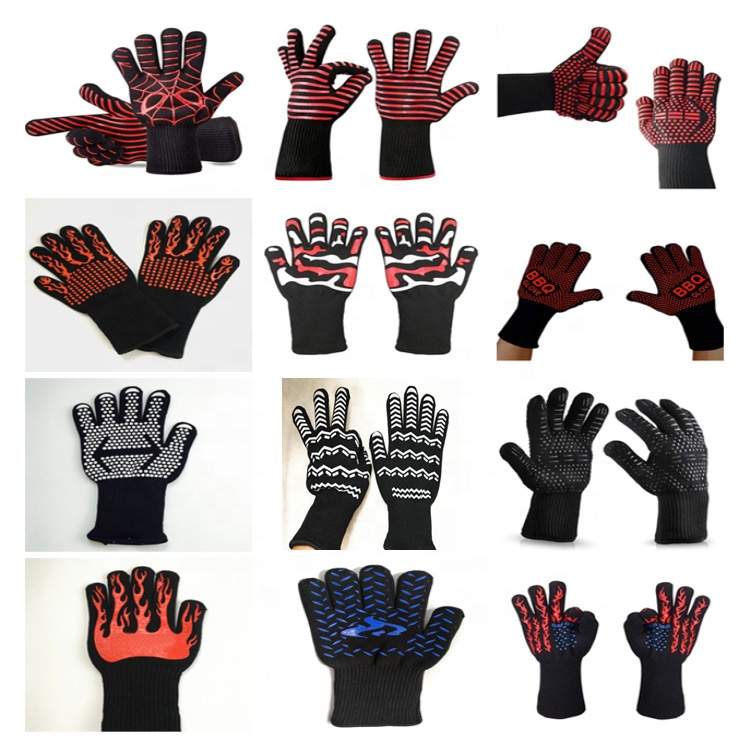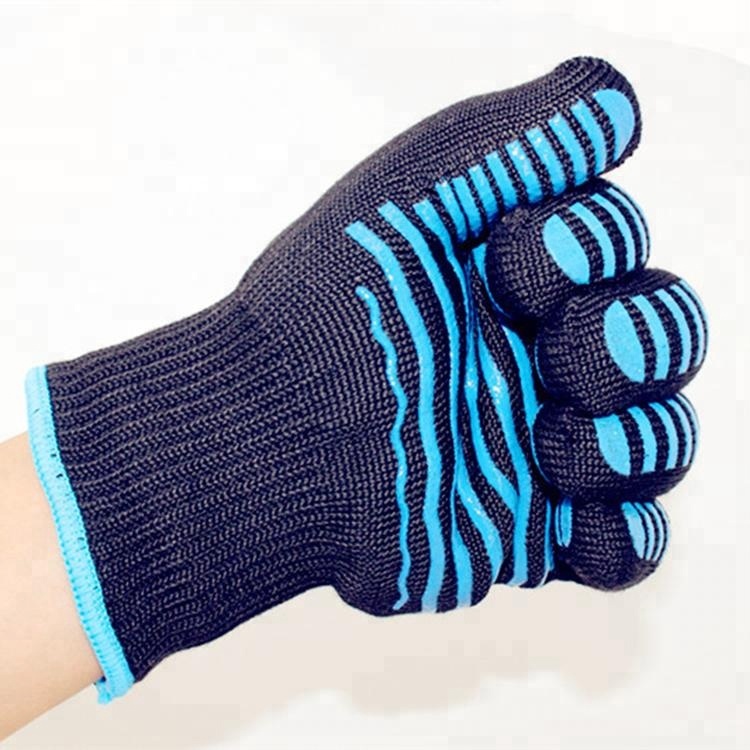October 1, 2023 in Health & Safety By Superior Glove, leading safety glove innovator
Colder weather is just around the corner. Workers need more than just mechanical protection for their hands—they need their hands to stay warm and dry in freezing temperatures to be able to do their job. Welding Gauntlets

One way glove manufacturers achieve this is by using liners that serve as an additional layer in safety gloves to enhance comfort, warmth, and protection to minimize the risk of injuries caused by exposure to cold and wet conditions. These injuries can range anywhere from irritation and damage to the skin to numbness, lack of mobility, hypothermia, and frostbite.
In this article we will take a closer look at glove liners used for insulation and waterproofing safety gloves.
Glove insulation prevents the external temperature from interfering with the hand’s temperature—also known as thermal control. The two most common glove liners used to keep workers’ hands warm in the winter seasons include:
Membrane liners, also known as impermeable liners, are used for waterproofing safety gloves. A layer of waterproof membrane is inserted into the gloves to create a barrier that prohibits the water drops from passing through. This helps keep the hands comfortable and dry in wet working conditions.
There are two commonly used construction methods to achieve waterproofing gloves:
These safety gloves feature a waterproof outer membrane and an inner layer for comfort, which results in a lightweight and less bulky feel. This inner layer also offers breathability and helps wick moisture away from the wearer’s hands.
In the triple-layer construction method, the membrane is sandwiched between an outer protective layer and an inner liner. The outer layer is usually made of materials that offer mechanical protection required for the task like cut, puncture, abrasion, etc., whereas the inner layer (nylon or cotton) is intended for comfort and breathability.
This triple-layer design is considered the most durable and breathable. The way the membrane is fastened in between the two layers differs for different types of safety gloves.

Leather Safety Gloves As mentioned earlier, the use of glove liners is only one of the ways to achieve warmth, protection, and comfort in safety gloves designed for cold protection. Other technologies and treatments are also used to enhance protection for the wearer working in cold temperatures. To learn more about this, and more, check out Glove 101—a comprehensive guide that teaches you everything you need to know about safety gloves so you can choose the best protection for your workers. Click here to read more.